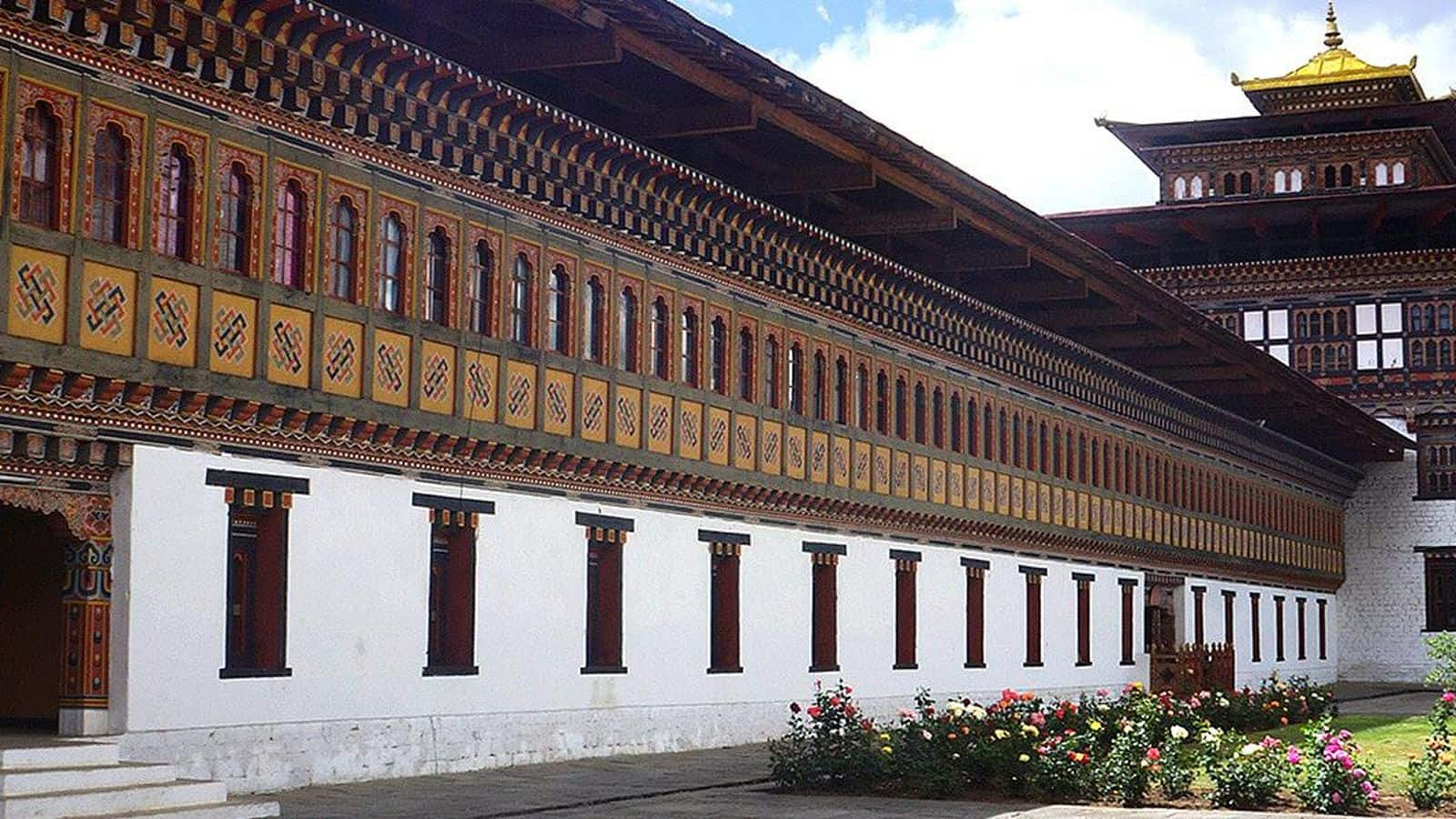
Head over to Bhutan's architectural marvels
What's the story
Bhutan, a small kingdom nestled in the Himalayas, is renowned for its unique architecture that blends tradition with nature. This country offers a journey back in time, where every structure tells a story of Buddhist culture and the Bhutanese way of life. From majestic fortresses to serene monasteries, Bhutan's architectural wonders are not just buildings but embodiments of the nation's soul.
Tiger's Nest
Explore the iconic Tiger's Nest Monastery
Perched about 900 meters above Paro Valley, the Tiger's Nest Monastery, or Paro Taktsang, is Bhutan's iconic landmark. A two- to three-hour hike leads to this cliffside sacred site, offering stunning views and a spiritual atmosphere. It is a key pilgrimage spot for Buddhists, as Guru Rinpoche is believed to have meditated here after arriving on a tigress.
Punakha Dzong
Step back in time at Punakha Dzong
Punakha Dzong, known as the Palace of Great Happiness, sits at the confluence of two rivers and is one of Bhutan's most beautiful dzongs. Built in 1637 by Zhabdrung Ngawang Namgyal, it serves as both a religious and administrative center. Visit during spring when lilac jacaranda trees bloom around its whitewashed walls creating a magical atmosphere.
Trongsa Village
Discover traditional architecture in Trongsa
Trongsa, a town that may not be on every traveler's itinerary, is steeped in Bhutanese history. This locale offers a glimpse into the nation's architectural heritage with its well-maintained structures and quaint streets. The centerpiece is Trongsa Dzong, an impressive fortress that commands sweeping views of the valleys and mountains, symbolizing the traditional Bhutanese style in its grandeur and strategic location.
Thimphu cityscape
Witness modernity blend with tradition in Thimphu
Thimphu, the capital city of Bhutan, presents a unique blend where modernity meets tradition. Unlike other global capitals, Thimphu has no traffic lights; instead, traffic policemen direct vehicles at major intersections. Architectural highlights include Tashichho Dzong, a fortress that houses government offices and the king's throne room; and the National Memorial Chorten, which stands as an emblem of world peace.